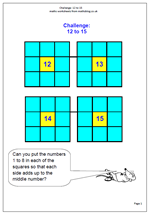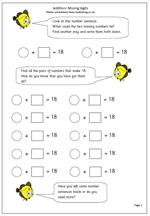 Following the publication of our first set of measurement word problems for year 4 we have had several requests for some more: so here is the second page.
Following the publication of our first set of measurement word problems for year 4 we have had several requests for some more: so here is the second page.
The questions cover a range of measurements, including converting centimetres to metres and working with millilitres, grams and even miles. Space is given to write the answers, although children may need to make jottings or even use standard written methods to calculate some of the answers.
Most of these questions are ‘one-step’ in that only one maths operation needs to be done to find the answer, which does make them slightly easier, although children do seem to struggle with word problems generally.









